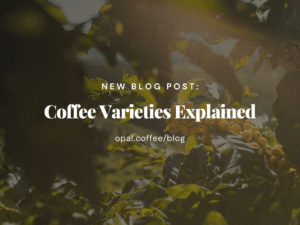
Coffee Varieties Explained
The first blog of the year is going to be about understanding coffee varieties.
With more than 125 coffee species, only two are commercially viable: Coffea arabica and Coffea canephora (robusta).
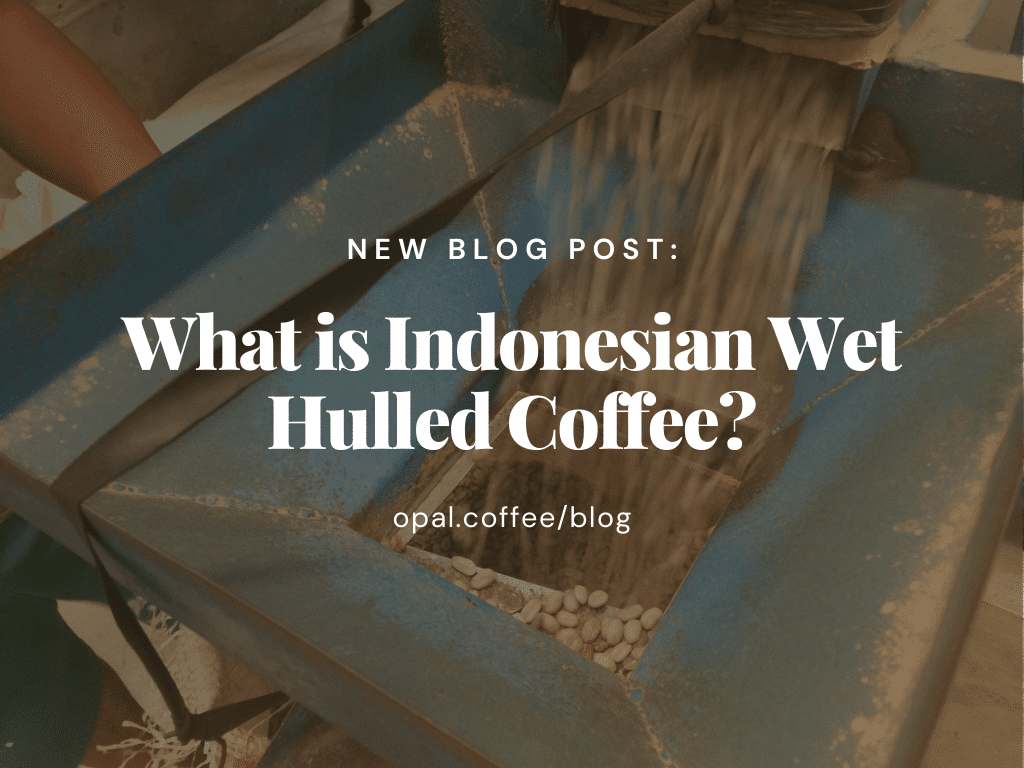
Ever heard of the Wet Hulled process? Also known as “Giling Basah” and translated from Bahasa as “wet grinding” is the primary and most common coffee processing method used in Sumatra, Indonesia. It is a technique that is used to dry coffee in damp conditions and the climate being very high in humidity. The wet climate of Indonesia makes it difficult for coffee to dry for long periods of time due to a combination of rain and humidity preventing easy drying, and farmers have to come up with another way to process their coffee.
Wet-hulled can be easily confused with wet processed or most commonly known as washed, which is the most common form of coffee processing in the world. A key difference between wet-hulled and washed is that wet-hulled process emphasises body and mutes acidity, producing a unique flavour profile due to the high moisture content during hulling, that people either love or not.
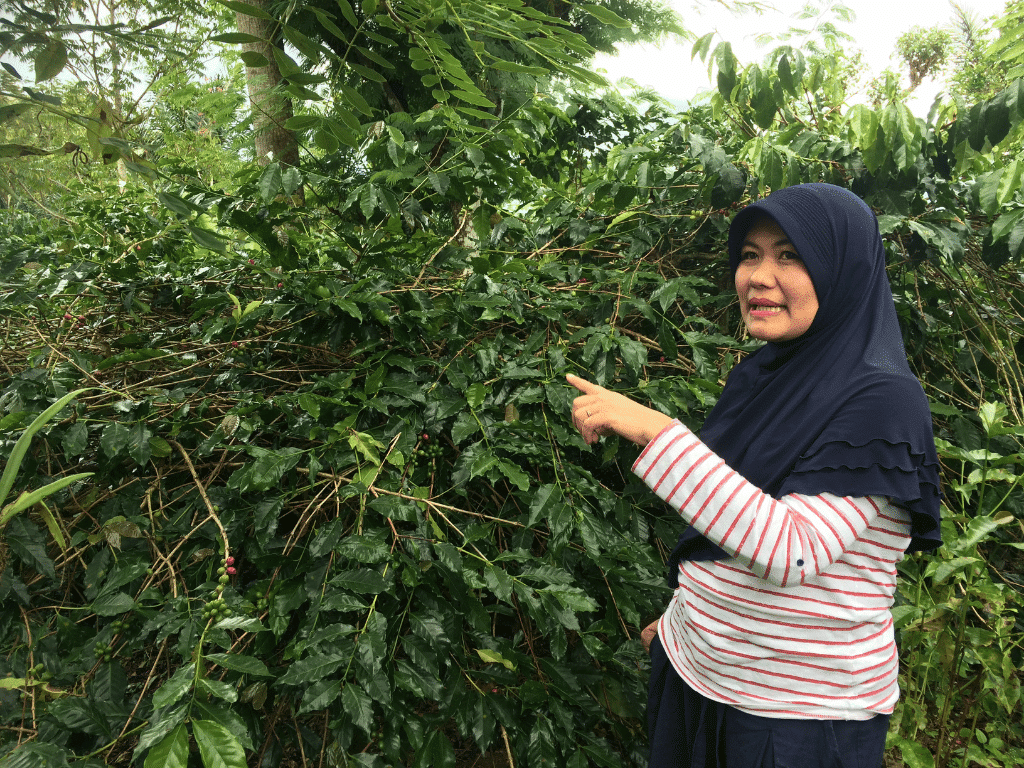
Coffee cherries are hand-picked when they have reached their optimum ripeness, which ensures a well-developed flavour within the beans.
The cherries are then fermented overnight to break down the mucilage, which is then washed off in the morning. Once the mucilage has been removed, the parchment still remains. The parchment is a thin shell that covers the outside of the coffee beans and can be easily removed if the coffee is dry.
Unlike a typical washed coffee being dried to 10-12% moisture content, wet-hulled coffee is dried for only a few hours until it reaches about 50% moisture content.
The farmer then sells the coffee to a middleman at the local market in order to get paid quickly. The middleman then sells the coffee to a collector or mill where it is then dried at a further 25-35% moisture content and is sent through a wet-huller to remove the parchment layer.
The wet-huller machine uses a lot of friction in order to remove the tightly attached parchment layer.
Often generated by a car or truck engine due to the wet-huller’s size, and due to the friction on the coffee beans, sometimes the wet-huller can mangle the coffee and crush the ends.
The mill then air-dries the hulled coffee to 12-13% moisture.Without the protective parchment layer the coffee dries very quickly. In Indonesia, coffee is often exported in under 1 month from picking the cherry to loading the vessel at port.
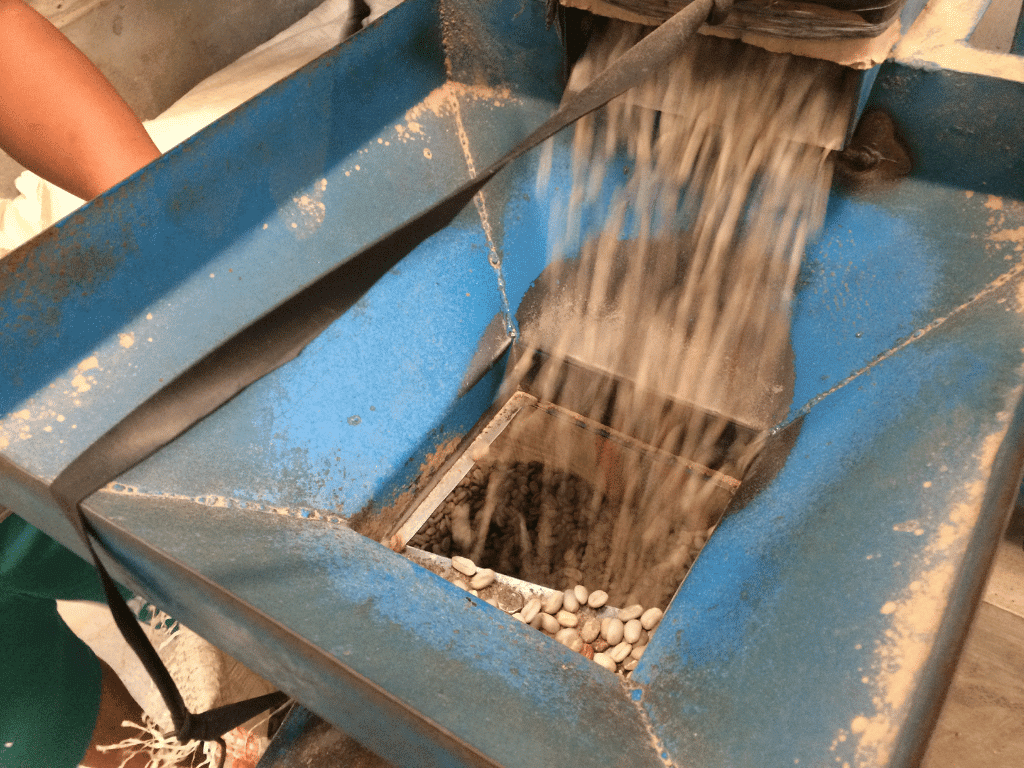
The Wet-hulled or Giling Basah process is unique to Indonesia and an effective processing method that produces complex and full bodied flavour profiles characterised by earthy, herbal, and sometimes spicy notes, along with low acidity.
The wet-hulled process is also beneficial in terms of increasing coffee production. This is due to how quickly the coffee dries without the parchment layer. Compared to other processing methods, wet-hulled allows for a quicker turnaround time and increase in overall coffee production.
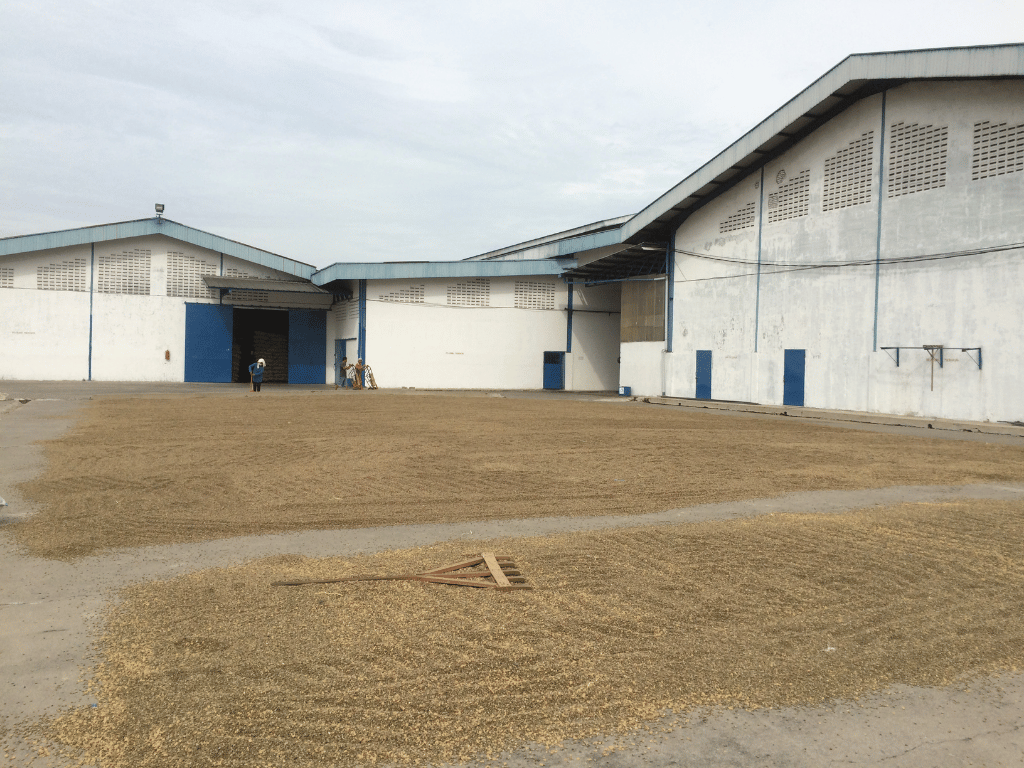

The first blog of the year is going to be about understanding coffee varieties.
With more than 125 coffee species, only two are commercially viable: Coffea arabica and Coffea canephora (robusta).
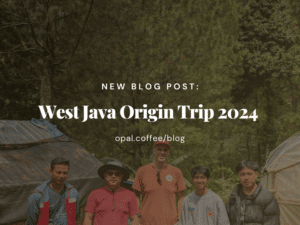
In late October and early November, Jason (Opal BNE) and Hengky (Opal SYD) traveled to West Java to visit several coffee farms, with the goal of developing a sustainable and long-term buying plan.
© Copyright Opal Coffee 2025. All Rights Reserved | Privacy Policy — Designed by Hoot Media
